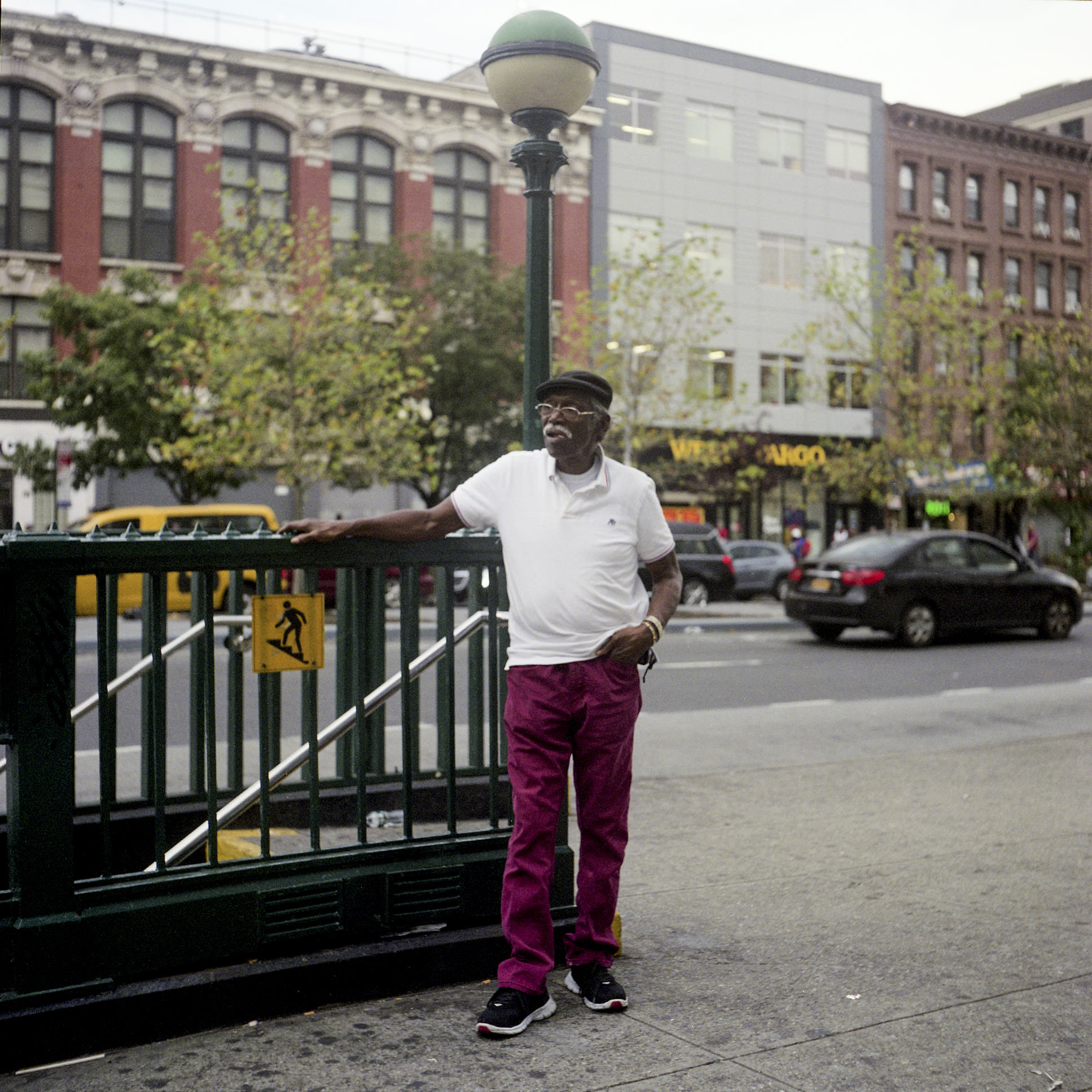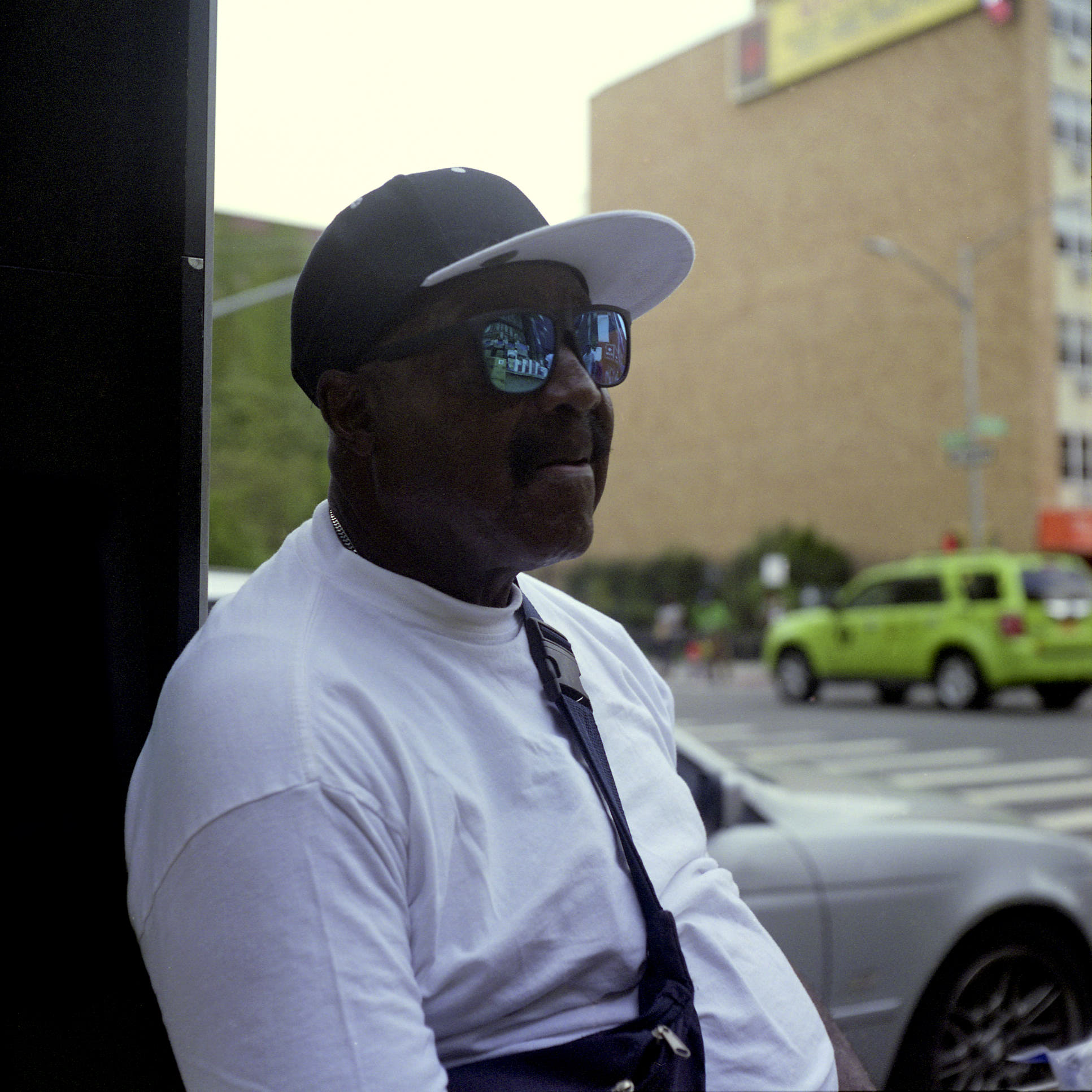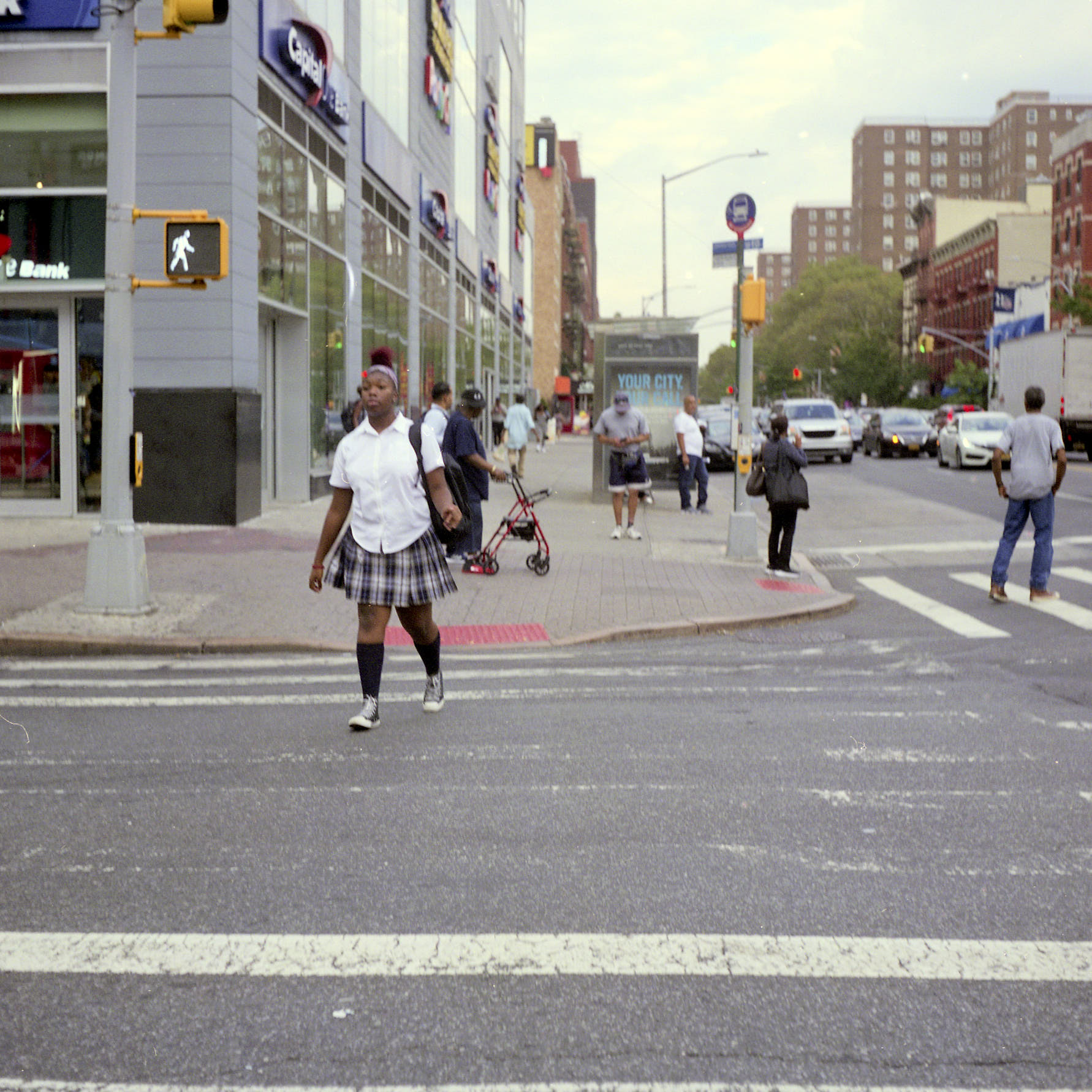
--
The few hours I spent in Harlem left me with mixed feelings, even though it’s never wise to judge a place you haven’t even spent a full day in.
What began as New York’s first black city in the early 20th century, not so many years after the end of slavery, is increasingly falling victim to an influx of relatively wealthy and predominantly white visitors and residents. Gentrification is a broadly recognisable beast but this is not the only change visible on the streets of Harlem. It used to be that white New Yorkers rarely travelled north of 110th St. As the sidewalks of Manhattan have grown safer over the years, so too has the white population’s adventurousness. The 21st century has seen the developemt of a tourist trade for New Yorkers and foreigners. Main attractions include ‘authentic’ jazz bars, soul food and Sunday church, complete with gospel choirs. Such novelties are too often seen as a spectacle; ‘something different’ to be observed - fleetingly - photographed, filmed but rarely to be engaged with in a constructive manner. At the same time as church congregations are clearly thinning due to higher rent prices forcing black locals out of town, white tourists queue to join their church services and catch a glimpse of this world they don’t fit into. What’s more, people are known to regularly disrespect the rules, using phones inside and leaving before the end: just one small example of how the newfound presence of white folk irks long-term Harlem residents.
What makes the gentrification of Harlem more sinister than comparable development of other metropolitan neighbourhoods in the USA and Europe is its inescapable relationship with race and discrimination. Just as black New Yorkers had to fight to find their own safe space in which to build their own communities away from the heavy hands of the white elite, so now they must fight to keep it.
 A man crosses the street on Adam Clayton Powell Jr Boulevard
A man crosses the street on Adam Clayton Powell Jr BoulevardAsking friends and people I met while staying in Brooklyn, I discovered that even though Harlem was generally spoken about in a positive light, many of them had been only once or twice in many years of living there and some had not been at all. I found it strange that people would never have taken a moment to venture north of Central Park. Was it because it used to be considered dangerous? Or was it just a symptom of that big city mentality where you’re continuously sucked into the centre of your own little bubble, rarely to leave the confines of your circles?
 Charles - who was selling woolly hats & other pieces of clothing on a corner of 126th St - shared the common concensus that Harlem had too many visitors.
Charles - who was selling woolly hats & other pieces of clothing on a corner of 126th St - shared the common concensus that Harlem had too many visitors. Regrettably, my most profound memory of the afternoon I spent walking through Harlem (after a thoroughly enjoyable visit to the National Jazz Museum to which I was the only visitor; apparently the history of Jazz is not the primary attraction after all) was a negative - if bracing - one. The sun was dipping in behind the distinctive red Victorian terrace walls and I was bent over on the sidewalk changing a roll of film in my camera when a man stopped his bike beside me and paused, staring. “What are you filming?” he asked.
“Oh, hey. I’m not filming anything actually. I’ve been taking pictures around town all day.”
“Taking pictures of what?”
As it happened, I had hoped to catch some live jazz that day until I was told it would be hours until the performance started. I told him that I was mostly interested in the music, the architecture and the people out here.
“So, you going to sell them?”
“Well, I don’t make any money off the pictures I take. But hopefully they’ll be one or two I’ll show off from my trip.”
“Profiting from the deterioration of others, then?”
Naively I replied that maybe there was some truth in that. This mans eloquence had given me a false impression that he was interested in some kind of intellectual conversation.
“Don’t take my picture. Don’t you fucking dare”.
My cameras (two of them - analogue) were still on the ground. “Relax, I have no intention of taking your picture if you don’t want me to,” I said, slightly annoyed.
“Oh you bet I’m relaxed man. If I weren’t relaxed right now I’d have already taken you round the corner and shot you.”
“OK,” I said, getting the message loud and clear. “Bye.” I walked away, quickly.
Only in hindsight did it dawn on me just how much I am - or may appear to be - part of the wider problem. I was carrying cameras around looking like a tourist, even if I had entirely honest intentions.
Yet while my privilege and complexion places me firmly into the pidgeon-hole of gentrifier, that fate can’t be inevitable. Like many sensitive social problems, I believe that this jarring can be soothed through education (of incomers) and, most importantly, communication. Although now I might be closer to understanding why so many people I talked to hadn’t spent so much time in Harlem.
